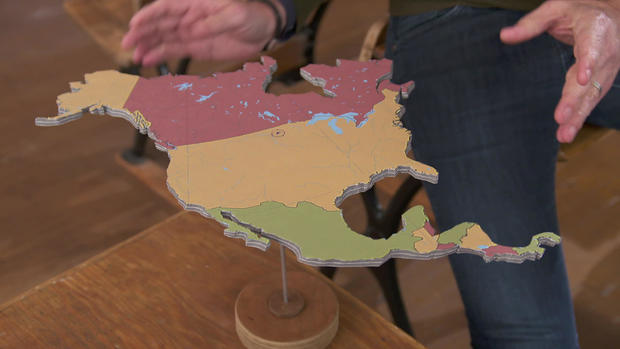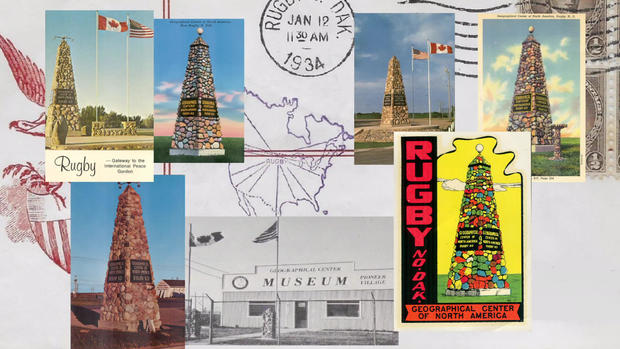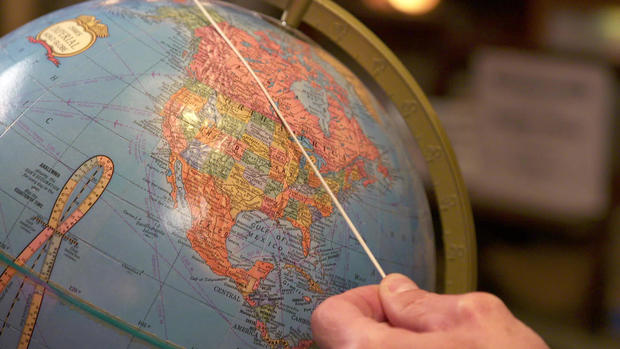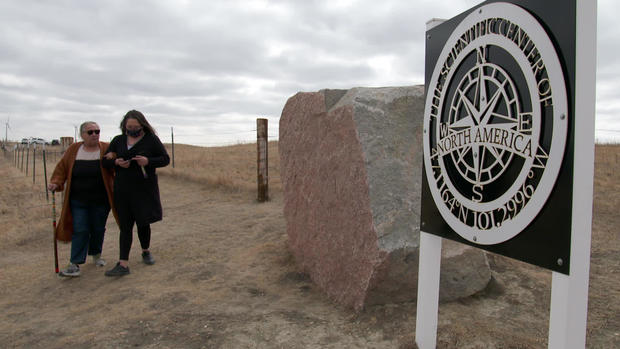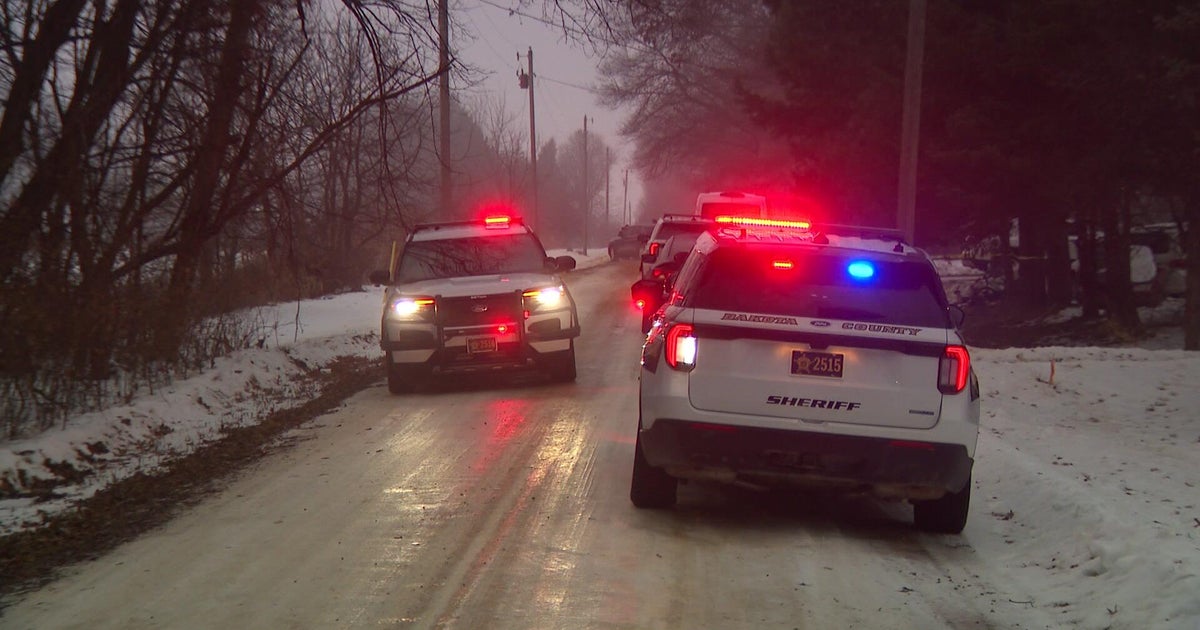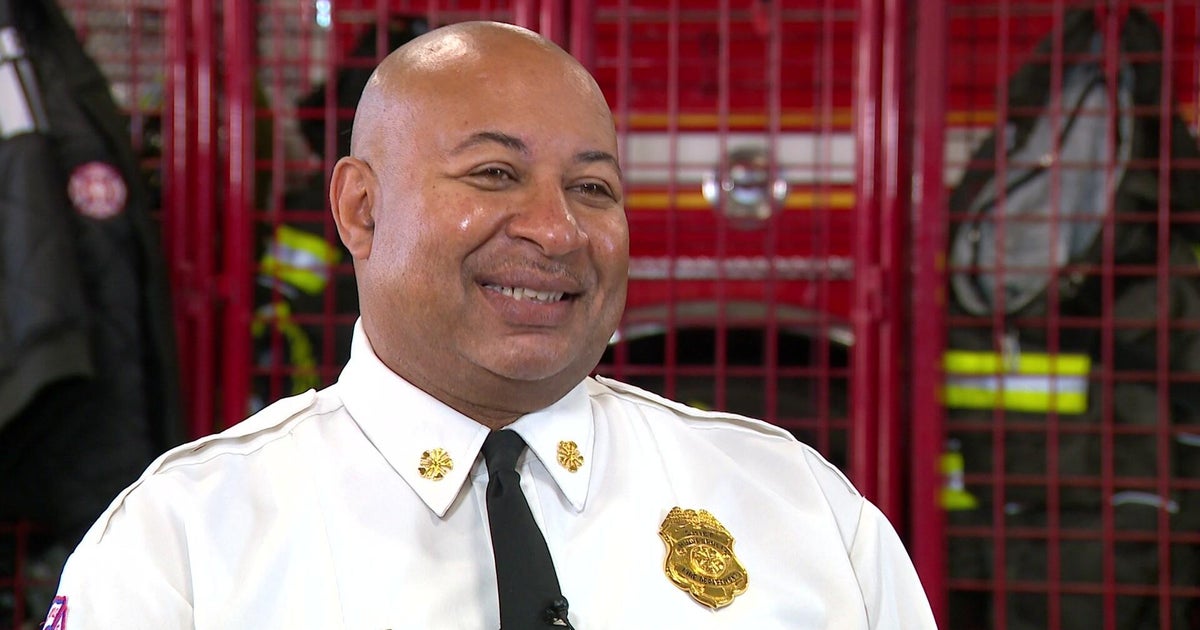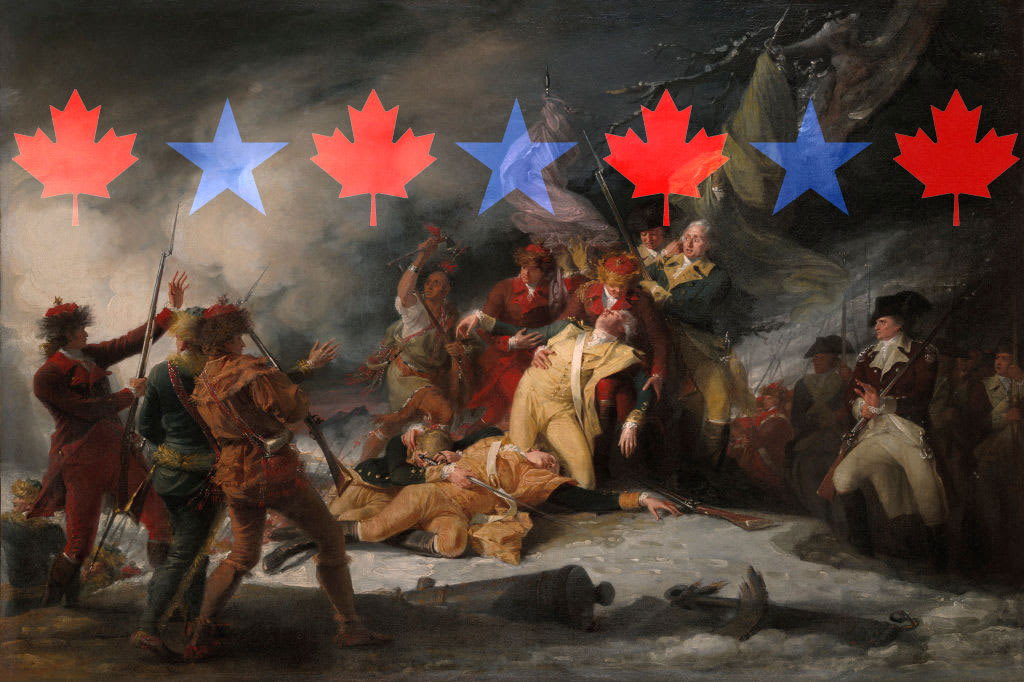The debate over the Geographical Center of North America
The prairie grass of North Dakota can look like it's waving hello, but even the geese just fly right over. North Dakota is not only one of the least-visited states, it's also one of the last on a tourist's bucket list.
And yet, poor, left-out North Dakota may actually be the center of our world.
Since 1931, a stone monument in Rugby, North Dakota – population: about 2,700 – marks the area that some say is the Geographical Center of our North American Continent.
"It's really fun to say, 'I'm from North Dakota,' and people say, 'Oh, fine.' But if you can say, 'I live at the Geographical Center of North America,' that's pretty cool!" said Cathy Jelsing. "That says something!"
Jelsing used to be the director of Rugby's Geographical Center Historical Society. Part of her job was to point wayward tourists to what is now the parking lot of a Mexican restaurant, where they could bask in the magnificent significance that is The Middle.
Correspondent Lee Cowan asked Jelsing, "I don't know what the Center is supposed to feel like?"
"I think it's in your mind," she replied. "You feel centered in the center."
So, just how was it determined that this was the continental bull's eye? Around 1930, an employee with the U.S. Geological Survey simply took a cutout of the map of North America, and balanced it on the top of a pin. Not the most sophisticated method, perhaps, but for decades few argued with it.
Rugby embraced the designation. It gave this tiny dot on the prairie a true sense a place.
"You have to understand that here in North Dakota, we don't have that much," said Clay Jenkinson, a humanities scholar and North Dakota native. "We don't have Carnegie Hall. We don't have the Statue of Liberty. So, this mattered to Rugby. It's their Grand Canyon. It's their Teton Mountains. It's true! This is it!
"This is why you live here," he said. "You don't live here for the boutique theater or the fine dining. You live here because there is this prairie."
Jenkinson blissfully never questioned Rugby's title, until he learned of Hanson's Bar, and its owner, who claimed the center of the continent was actually about a hundred miles south, in the town of Robinson (population: about 38).
"I was offended," said Jenkinson. "I thought, Who is this jerk? Why mess with this little town's one pathetic claim to cosmic fame?"
Bill Bender meant no harm; it was a simple trivia question that he and a few buddies called into question.
Cowan asked Bender, "Did you ever think this was going to cause such a stir?"
"Yeah, I think we did," he replied, admitting that their calculations required "lots of trial and error."
One night, armed with a globe, some string, and more than a few beers, they made the case that the continent's center was – perhaps not so coincidentally – right beneath the bar itself.
Bender said, "To me, what we did late at night..."
"With some string and a couple of beers?" asked Cowan.
"Yeah, seems far more scientific than a child cutting out a cutout and balancing it!"
He checked to see if Rugby had trademarked their precious phrase "Geographical Center" – and it turned out they had, or thought they had. "They had let it lapse," Bender said. "So, just that night, I typed it in and registered everything and paid the three-hundred-and-some dollars it was."
"And boom, you owned it?"
"Yeah. At that point it was registered to Hanson's Bar," he said.
Cathy Jelsing said, "It wasn't very nice what they did. If we lost the Geographical Center, what would we be? We would just be another town in the middle of nowhere."
Word of the midpoint meltdown soon got around, and Peter Rogerson, a professor in the Geography Department at the University at Buffalo, decided he'd give it a crack.
Cowan asked, "So, it was really just pure curiosity on your part?"
"Absolutely," he replied.
Rogerson took latitudes and longitudes from all around the edges of North America, and plugged those continental coordinates into a special algorithm that he designed to find the center.
"You have to take into account that the Earth's surface is curved, and you have to find that balance point in a proper way," Rogerson said.
The program ran through all the numbers, and kicked out a spot. It was again in North Dakota, but this time the center – believe it or not – was near a town actually named Center.
Center, North Dakota. You can't make this up!
"When I plotted it on that map, you can imagine my surprise," Rogerson said. "I couldn't really believe that that had happened."
Dave Berger and Rick Schmidt, both born and raised in Center (which incidentally got its name because it's the center of the county), decided to celebrate its newfound fame just like every other town had.
"I guess we could probably say you couldn't have found a more ideal site for it," said Schmidt.
"It's unique, being up on a hill especially – you know, the view?" said Berger. As you can see, you can see forever.
"I called the coal mine and I said, 'I want a pretty rock.' And there's no such thing as a pretty rock in North Dakota! And then the coal mine lady called me two weeks later and says, 'I found you a rock.'" Thirty-thousand pounds of permanence.
Schmidt said, "We're pretty confident that this is going to be in the archives; this is going to be the permanent site."
Cowan said, "Otherwise, somebody is going to have to move a really heavy rock?"
"Yeah, we're not doing that!"
As for Hanson's Bar? Well, Bill Bender backed down, and gave the Geographical Center trademark back – to Rugby, although he's still not removing the decal on the floor.
Cowan asked, "So, was it sort of a surrender?"
"Yeah, it's a surrender, it was definitely a surrender," Bender said.
Through it all, Rugby never missed a beat. Sales of T-shirts and shot glasses kept going as if nothing had ever happened.
"It caused a lot of stress for people, but it turned out to be a great thing – you're here!" Jelsing laughed.
Cowan asked Clay Jenkinson, "What do you think this controversy says about North Dakota?"
"It says we're a loser state!" he replied. "I mean, it's in the same zone as the World's Largest Ball of Twine, what we're talking about here. This is about something of no consequence, really, that sort of has a level of absurdity right at the center of it. And if it helps North Dakota, even in a puny little way, I'm for it!"
His advice: Chase after the centers while you can. Continents do wander, after all!
So, why not wander here yourself, and enjoy what one of the least-visited states has to offer.
For more info:
- City of Rugby, N.D.
- Hanson's Bar, Robinson, N.D. (Facebook)
- Peter Rogerson, Geography Department, University at Buffalo
- clayjenkinson.com
Story produced by Dustin Stephens. Editor: David Bhagat.

